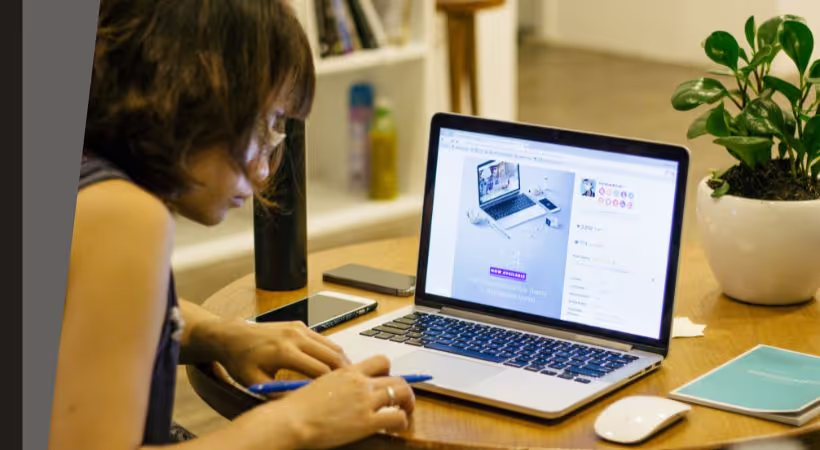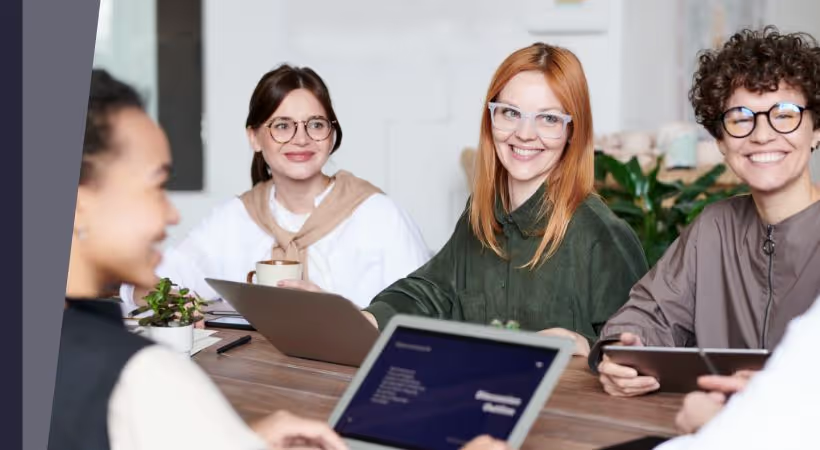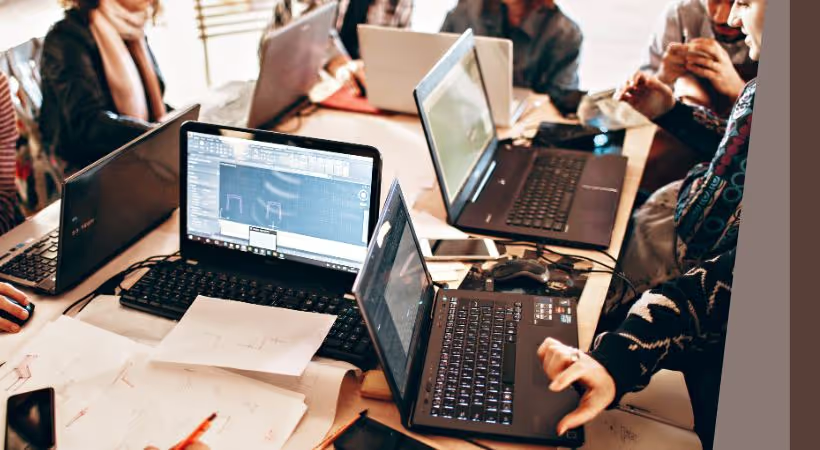
What is a flipped classroom?
The flipped classroom is a pedagogical approach that is developing more and more thanks to digital technology and which makes it possible to focus learning on the student.
What is the flipped classroom: definition
The flipped classroom is a teaching method that is based on an online learning part, independently and on a face-to-face part with a teacher or trainer.
The principle of the flipped classroom is relatively simple: the trainees, pupils or students carry out part of the online learning, at home (as if it were homework). The face-to-face part is dedicated to practical or group work allowing concrete use of the knowledge acquired the day before.
This teaching method is part of what is called “blended learning”. That is to say training that combines face-to-face and digital tools (such as e-learning modules) to take full advantage of both teaching methods. The goal is to best adapt to the needs of learners to achieve the educational objective.
The Benefits of Flipped Classroom
Made possible by the now accessible and feature-rich digital learning tools, flipped classroom has many benefits for learners. The flipped classroom thus offers the possibility of reorganizing teaching to make it more effective and more fun for the learners but also for the trainer or the teacher.
The training is no longer dedicated to formal teaching as such. By refocusing face-to-face moments on group work, practical work and exchanges, learners can interact directly with each other but also with the trainer or teacher. Trainees or students are active in their learning, which helps to strengthen the anchoring of knowledge.
The e-learning modules allow the trainee to learn at his own pace, at home, by being able to review an e-learning. E-learning modules can be combined with assessments, free access for training and with lesson reminders. The objective is again to anchor the achievements by pushing the trainee to be active in his learning.
The flipped classroom offers the possibility for trainers or teachers to see more concretely the progress of students and thus to support more personally those who may have difficulties.
In this same perspective, digital learning also offers the possibility of personalizing part of the learning according to the progress of each learner thanks to an adaptive learning device. Digital learning also makes it possible to extend the training to anchor the achievements and fight against the curve of forgetting thanks to micro-learning : short solicitations (2 to 3 questions for example) regularly after the training.
The limits of the flipped classroom
The flipped classroom often requires a change of method and organization for the trainer or the teacher. This turn can sometimes be tedious and difficult to operate.
In addition to this change in philosophy, the flipped classroom necessarily requires having effective digital learning tools. That is to say that the flipped classroom must be based on an LMS which will make it possible to design the e-learning modules and deliver them to the students. The LMS must also make it possible to manage users so that invitations are automatically sent by the tool to the various participants. Generally speaking, the use of an LMS has many advantages. However, it is necessary to take into account the cost of using the LMS but also the time required to properly master the different functionalities of the tool.
The flipped classroom implies a certain autonomy on the part of the learners but also a certain mastery of new technologies. Learners must therefore also be properly equipped (computer, internet, etc.) to be able to follow the e-learning modules on their own.
To sum up, before choosing this type of training, it is essential to check that the digital aspect is adapted to the target audience.



















.avif)







.avif)
.avif)








.avif)



.avif)





.avif)

.avif)















